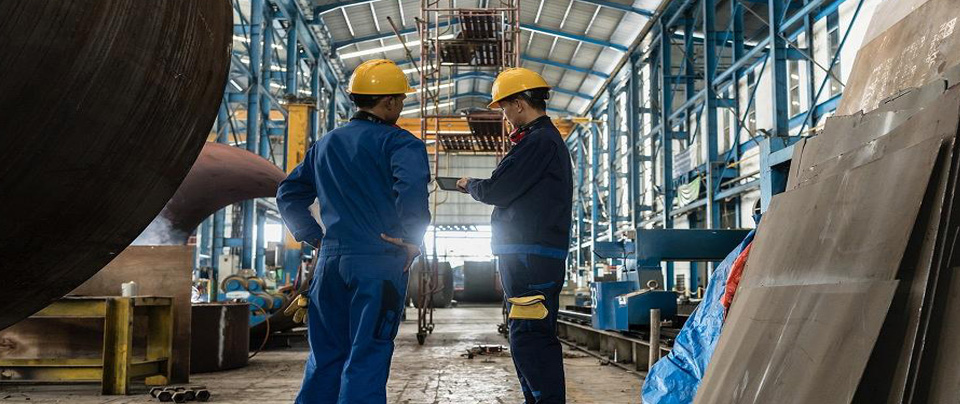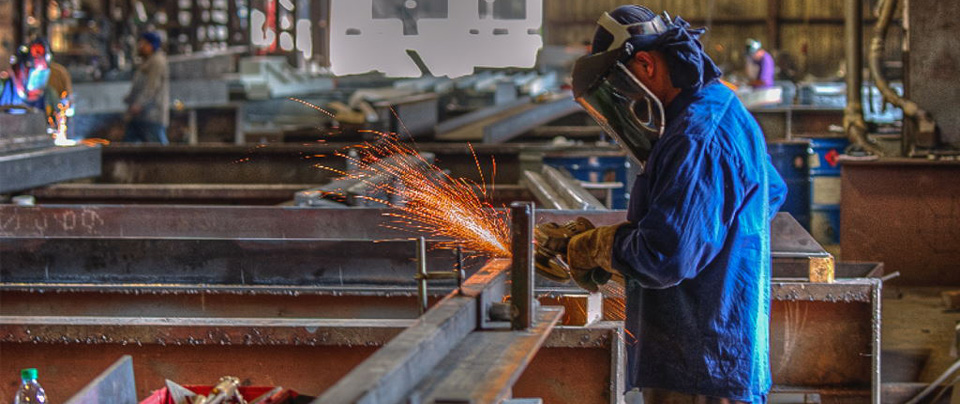Choosing a reliable Sheet Metal Forming service in Brisbane is a challenging task, especially if you are looking for specialized solutions. For example, a standard welding company may not be able to handle the metal fabrication work of a lifting equipment manufacturing company. A reliable custom metal fabrication company must have extensive experience, a sufficient workforce, and the resources to complete quality work. In the absence of the right construction company, you may face design and quality issues as well as time delays which can cause considerable financial losses.
We have shared here some of the key factors that you should consider when choosing a custom metal fabricator for your project:
Experience
Although experience is one of the most important factors, you should consider not only the time they have served in the industry, but also know what kind of projects they have undertaken in the past. For example, some metal fabrication companies specialize in specific types of building or work on certain projects. If the company has not worked on projects like yours, this may not be the right choice for your organization. Keep in mind choosing a company that has experience in projects similar to yours.
The workforce
When it comes to the workforce of metal fabrication companies, you should consider two factors - the skills and certifications of the company and the size of their workforce. If their workforce is too small, they may not be able to complete your project within your expected time. In addition, the workforce must have highly skilled and qualified individuals to ensure that all members of the team are experienced enough to work on your project.
The metal fabrication company should use state-of-the-art metal designing and manufacturing technology. This includes everything from storing to making the final product for delivery. The use of the latest equipment and state-of-the-art technology will help improve efficiency and quality in the manufacturing process.
Financial stability
The financial stability of a metal manufacturing company is as important as its technical knowledge. For example, perhaps the fabrication company needs to increase production capacity for its project or appoint more employees to invest in new technology. Only a company that has strong financial stability can provide for these expenses and successfully complete multiple projects simultaneously. In addition, a financially stable company can pay employees salaries as well as clear supplier payments on time. In short, such a company can hire professional technicians and buy the best raw material for your project.
Pricing
For any custom metal fabrication project, you will receive many quotes from various fabricators in Brisbane. You need to make sure that they provide you a competitive price for the quality and skills they guarantee. Ensure that all areas of the project are mentioned in the estimate so that there are no hidden costs later. Do not select a company because of the lowest bid because they will not necessarily provide quality work within the estimated time.
These are just a few points that you should explore when choosing a reliable custom metal fabrication service for your next project. Choosing the wrong company can set you back over time as well as your budget. By doing the proper research for your particular project, you can make the right decision and ensure that it is worth your investment.










